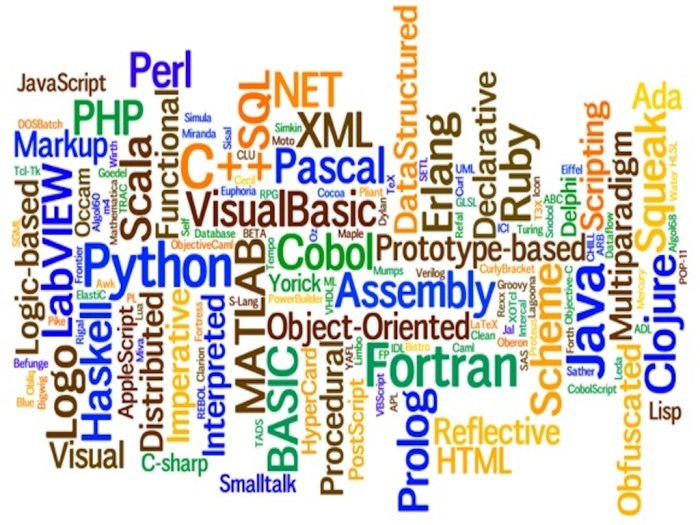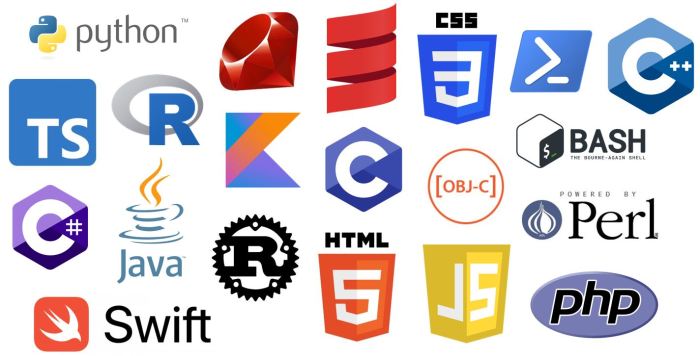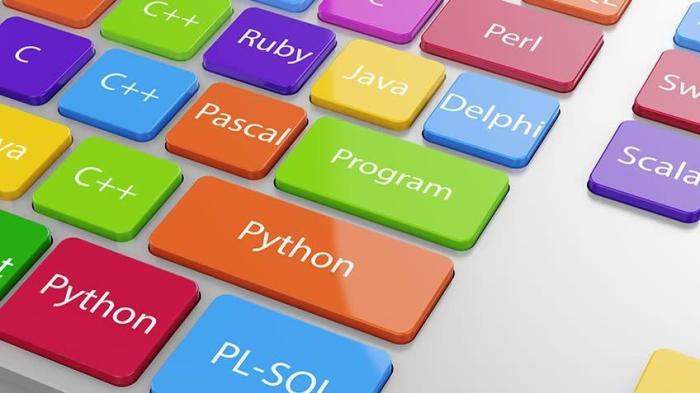All modern programming languages contain many methods that are predefined, providing a rich and powerful toolkit for developers. These methods offer a wide range of functionalities, from input/output operations to complex mathematical calculations, simplifying code development and enhancing efficiency.
Predefined methods are a fundamental aspect of modern programming, enabling developers to leverage existing code rather than reinventing the wheel. They promote code reusability, reduce development time, and enhance code quality by ensuring consistency and reliability.
Overview of Modern Programming Languages

Modern programming languages are high-level programming languages that have been developed in the past few decades. They are designed to be easier to use and more efficient than traditional programming languages, and they offer a number of features that make them ideal for developing complex software applications.
Some of the key characteristics of modern programming languages include:
- Object-oriented programming: Modern programming languages are object-oriented, which means that they allow developers to create objects that represent real-world entities. This makes it easier to develop complex software applications that are easy to maintain and update.
- Cross-platform compatibility: Modern programming languages are designed to be cross-platform compatible, which means that they can be used to develop software applications that can run on multiple operating systems. This makes it easier to develop software applications that can be used by a wider range of users.
- High-level syntax: Modern programming languages have a high-level syntax, which means that they are easy to read and write. This makes it easier for developers to develop complex software applications quickly and efficiently.
Predefined Methods in Modern Programming Languages

Predefined methods are methods that are already defined in a programming language. They can be used to perform common tasks, such as input and output, mathematical operations, and string manipulation. Predefined methods can save developers a lot of time and effort, and they can help to make code more readable and maintainable.
There are many different types of predefined methods available in modern programming languages. Some of the most common types include:
- Input and output methods: These methods can be used to read data from the keyboard or a file, and to write data to the screen or a file.
- Mathematical methods: These methods can be used to perform mathematical operations, such as addition, subtraction, multiplication, and division.
- String manipulation methods: These methods can be used to manipulate strings, such as concatenating strings, finding the length of a string, and replacing characters in a string.
Using Predefined Methods Effectively: All Modern Programming Languages Contain Many Methods That Are Predefined

There are a few best practices that developers can follow to use predefined methods effectively. These best practices include:
- Use the appropriate method for the task at hand. There are many different predefined methods available, so it is important to choose the right method for the task at hand. Using the wrong method can lead to inefficient code or incorrect results.
- Use descriptive method names. When naming a method, it is important to use a name that is descriptive of the method’s purpose. This will make it easier for other developers to understand your code.
- Document your methods. It is important to document your methods so that other developers can understand how they work. This documentation should include a description of the method’s purpose, the parameters that the method takes, and the return value of the method.
Examples of Predefined Methods in Action
Here are a few examples of how predefined methods can be used to simplify and enhance code:
- The following code uses the `print()` method to print a message to the screen:
- The following code uses the `len()` method to find the length of a string:
- The following code uses the `replace()` method to replace all occurrences of the character “o” with the character “a”:
“` print(“Hello, world!”) “`
“` my_string = “Hello, world!” my_string_length = len(my_string) “`
“` my_string = “Hello, world!” my_string = my_string.replace(“o”, “a”) “`
Key Questions Answered
What are the advantages of using predefined methods?
Predefined methods offer numerous advantages, including code reusability, reduced development time, enhanced code quality, and access to specialized functionalities.
How are predefined methods categorized?
Predefined methods can be categorized based on their functionality, such as input/output, mathematical operations, string manipulation, and data structures.
What are some best practices for using predefined methods?
Best practices for using predefined methods include choosing the appropriate method for the task, understanding the method’s parameters and return values, and documenting the use of predefined methods for clarity and maintainability.